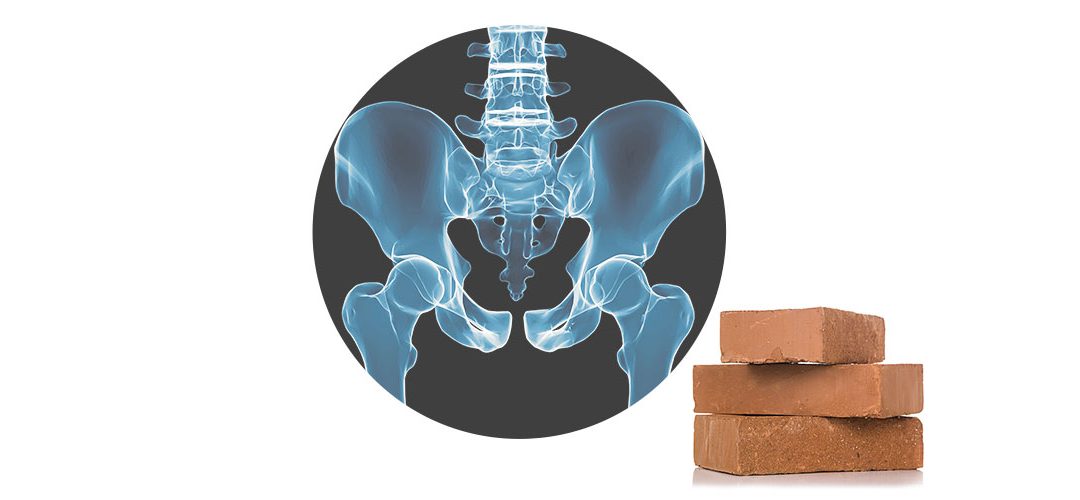HOW DO YOU LEVEL UP? LLD (Leg Length Discrepancy)
Many people are getting a lift in their shoe because a doctor, physical therapist or a chiropractor told them they needed a lift and that their legs are uneven.
Unlevel legs can cause problems past the leg and into the pelvis, spine, and neck (really anywhere). And it is quite possible people do need a heel lift.
HOWEVER how this is assessed MATTERS. Because you could be creating a leg length discrepancy if there is NOT one.
Some ways of testing for a leg length differences includes:
1)flexible ruler test from umbilicus(belly button) to lateral malleoli(ankle bone on outside of your leg) then comparing left to right.
2) flexible ruler test from greater trochanter to lateral malleoli (comparing left to right)
3) flexible ruler test from anterior superior iliac spine ( pelvis bone) to lateral malleoli
3) hook-lying eye-ball test of knees being level
4) eye-balling knee creases in standing
5) eye-balling or with hands( by feel) assessing the pelvis alignment / levelness in standing
6) x-rays
7) scanograms
8) CT scans
Leg Length Discrepancy (LLD) can be caused by structural deformities within the leg itself. Some individuals are born with different femur or tibia lengths. However, LLD can also be caused by abnormal pelvis, hip, knee, ankle and foot anatomy whether permanent or temporary. For example if you have a fallen arch on your right foot in standing your pelvis might present lower. This does not mean you need a lift , it means you might need an foot orthotic or to build the strength and improve the alignment in your foot to correct the alignment at the pelvis. Another example would be your hip is not aligned at your pelvis, where the hip is aligned in the pelvis will determine how your pelvis is aligned and can change dynamically too( with movements of the body, like walking).
Length Length Discrepancy has been linked to functional scoliosis (the actual cause and treatment of it), postural changes, gait assymetries, low back pain, and more!
There are 3 types of LLDs.
1) True Leg Length Discrepancies: defined as the anatomical difference between the lengths of the 2 limbs between the proximal head of the femur to the distal edge of the tibia.
Congenital (born with it)
2) ACQUIRED ( trauma, changes in bony formation, like a joint replacement – hardware is actually changing it)
3) Functional leg length discrepancy:
– may be caused by alterations of body mechanics, joint contractures, mis alignment that is at rest or with movements, muscle or fascia restrictions or weaknesses.
HOW DO YOU LEVEL UP at the end of day or life? Functional leg length discrepancies CAN CHANGE for the BETTER or the worse.
Functional LLD can be adaptable. Which means YOU CAN CHANGE for the better(or worse)! If you had a fractured tibia, and didn’t get proper care to re-align and heal the soft tissue and bony alignments throughout the leg – then these ARE THINGS THAT can change for the BETTER! They can change how you level up and don’t necessary warrant a heel lift. For example, maybe your hamstrings and calf muscles are still tight, maybe your ligaments are fascially restricted or scar tissue is limiting mobility. Or maybe your pelvis/hip/lumbar alignment as become “off” with pregnancy now giving you a functional LLD.
AT SBR THERAPY AND WELLNESS we can help YOU with things that have made YOU NOT “LEVEL UP” for LIFE AND PERFORMANCE.
LASTLY DON”T GET A HEEL LIFT WITHOUT IMAGING ! Sadly I have witnessed years of therapists giving these heel lifts to all ages of athletes without much thought but a simple ruler or eye-ball test. Many therapists continue to do this. One made it her specialty at a running store – she would simple do a quick pelvis alignment test(with hands and eyes on pelvis) and a running analysis (through a small store) and then sell a heel lift. This is sad! no imaging and there is no way to know for sure that these innocent subjects had a discrepancy at ALL. THERE are TOO MANY JOINTS, MUSCLES, and FASCIAL PLANES that can alter the simple ruler or eye-ball assessments. The thing is the simple ruler tests and eye-ball tests to measure the legs are not enough information to warrant a heel lift! Imaging is NEEDED and functional forms of LDD should be addressed by an experienced therapists.
ALso IF YOU HAVE HAD IMAGING AND NEED A LIFT – one should consider a full lift of the shoe. The heel lift only accommodates the back of the foot therefore altering normal mechanics, its quite possible you need a full lift of the foot with a full length orthotic to truly provide the best body mechanics.
Cheers
Dr. Jeanie

